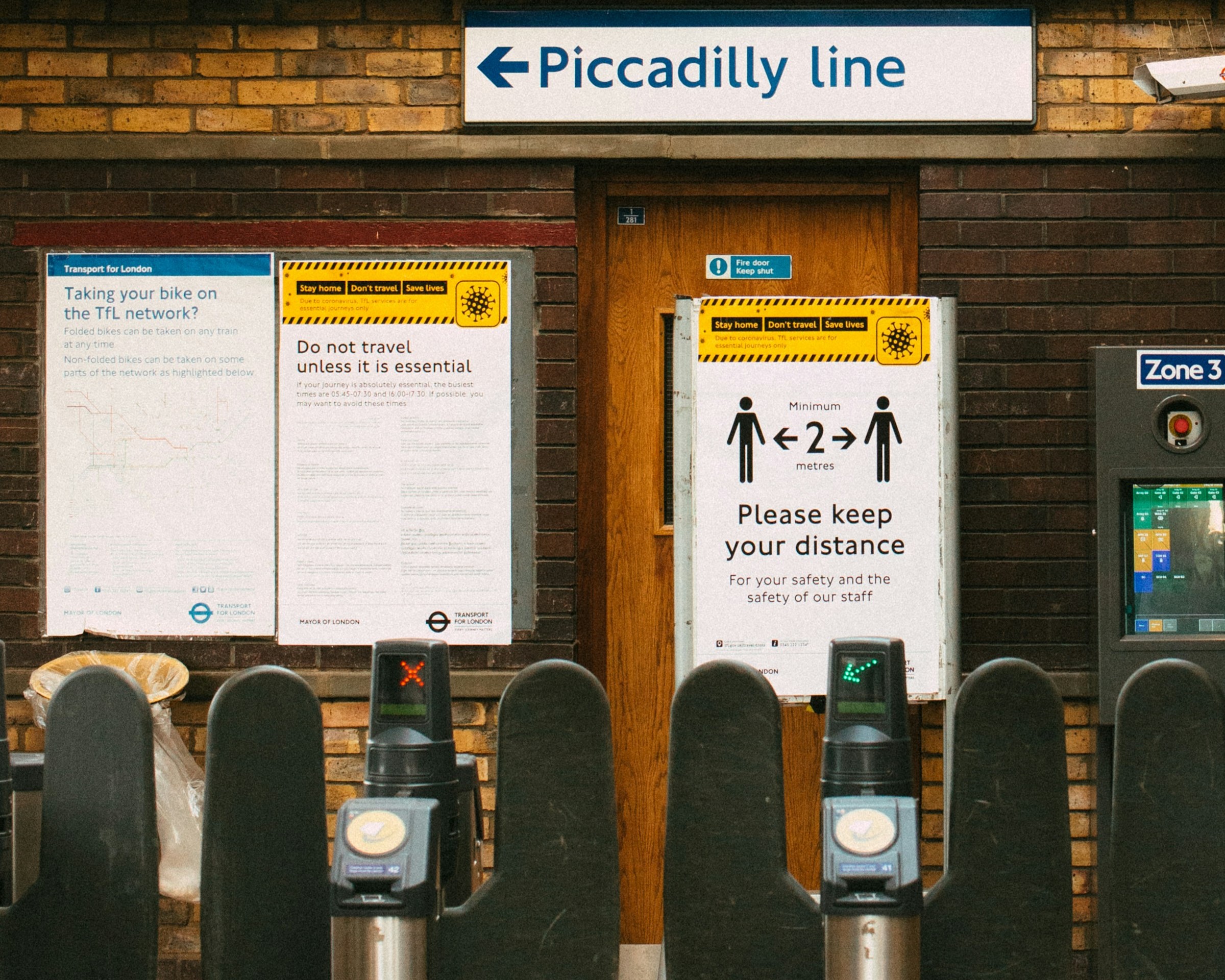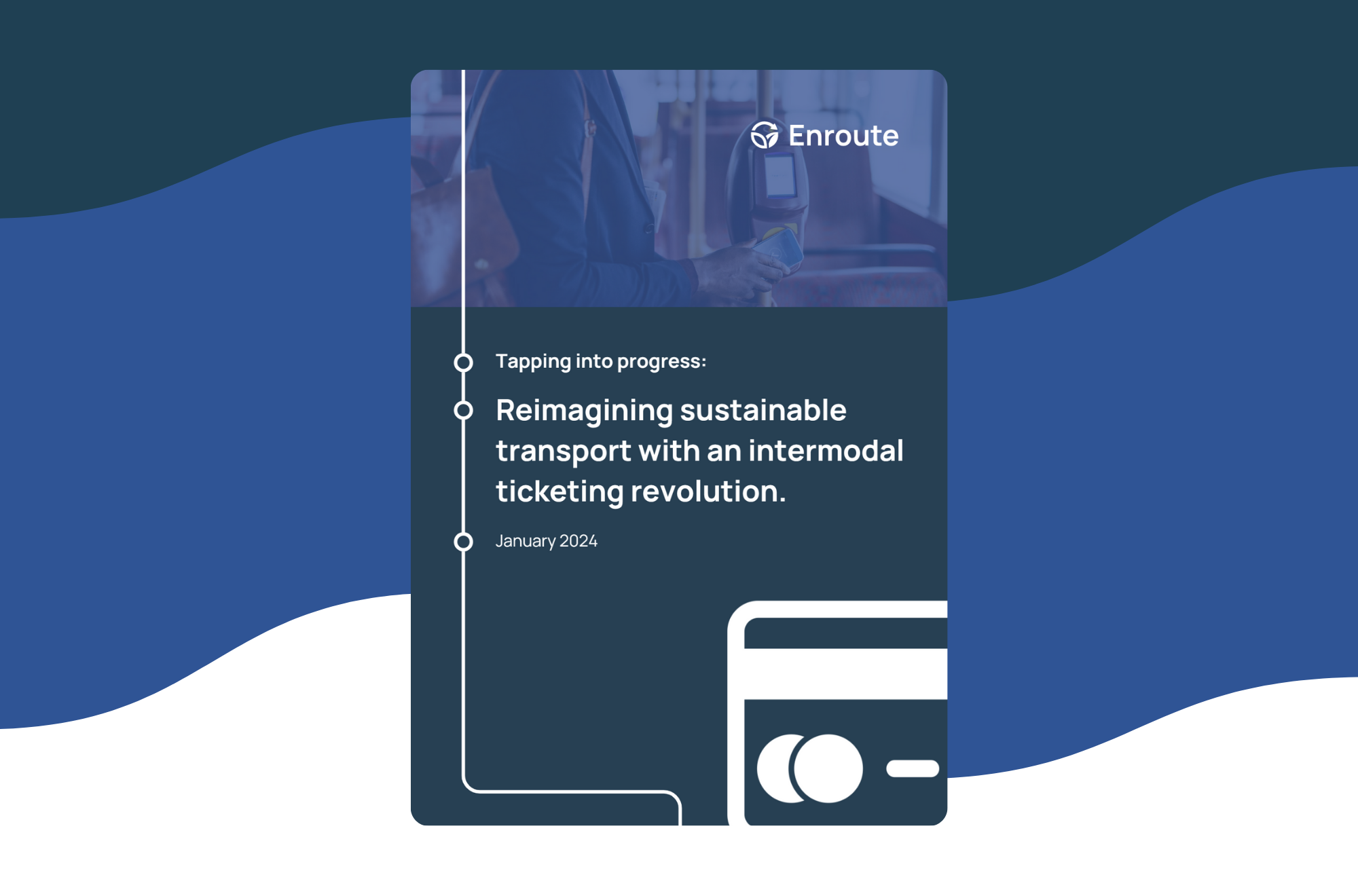Across the quite diverse tapestry of Great Britain, navigating sustainable transport often resembles traversing a maze. Trains, buses, trams, and metros crisscross the nation, but these are a disjointed system of ticketing, payment, and at the end of the day, management. This fragmentation poses a significant barrier to seamless travel, disincentivises travelling by sustainable modes, and creates unnecessary complexities for passengers.
Imagine embarking on a multi-modal journey, hopping from a bustling Northern line train to Euston, taking the train from Euston to Tring, to get onto a countryside bus to Aylesbury, and gliding on an e-scooter to your final destination. Each leg requires a separate transaction, a different ticket, and in some cases, an entirely different payment method. This cumbersome dance with countless payment systems and operators discourages intermodal travel, pushing many towards the convenience of personal cars, despite their environmental costs.
This fragmentation extends beyond geographic boundaries. Regional disparities in fare structures and ticketing formats adds another layer of complexity. A commuter accustomed to Oyster’s easy of tap-and-pay in London and the surrounding areas might be baffled by paper tickets and complicated zoning systems (or lack of) in other parts of the country. This inconsistency breeds confusion, frustration, and potential barriers for those exploring new regions or seeking intercity connections.
This analysis explores the feasibility and potential benefits of implementing an integrated tap-and-pay system for public and active transport across England, Wales and Scotland. Driven by the current fragmentation and its drawbacks, we seek to answer a critical question: can a seamlessly connected network enhance user experience, boost ridership, and ultimately propel Britain towards a more sustainable and equitable transport future?




